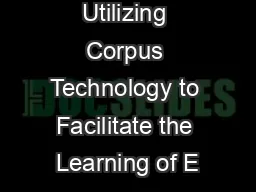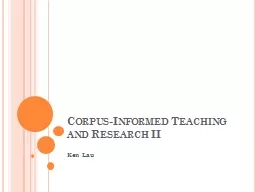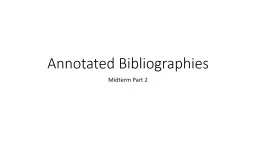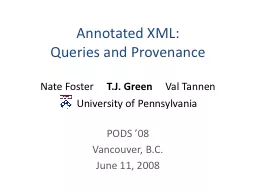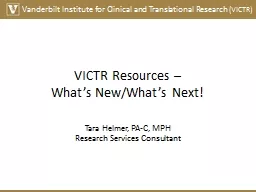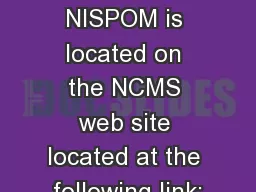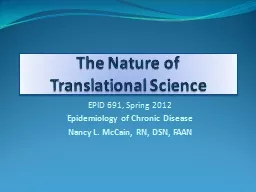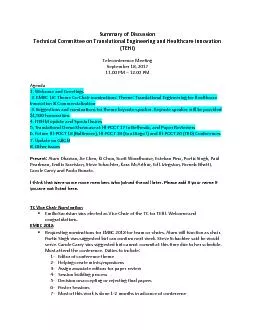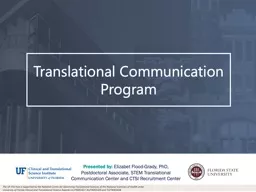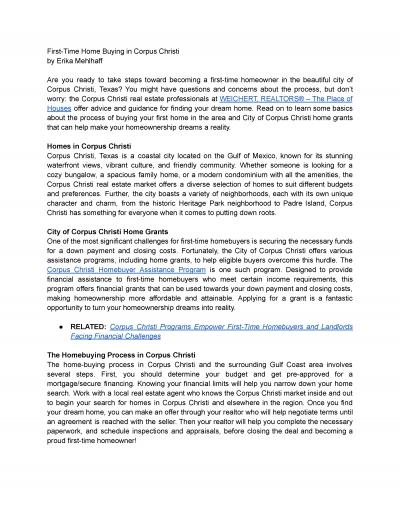PPT-Measuring Interannotator Agreement in the Florida Annotated Corpus for Translational Science
Author : gutsynumero | Published Date : 2020-10-22
Amanda Hicks University of Florida aehicksufledu 6 th Annual CTSOG Workshop Ann Arbor MI 1 Overview Overview of FACTS Interannotator Agreement scores The difficult
Presentation Embed Code
Download Presentation
Download Presentation The PPT/PDF document "Measuring Interannotator Agreement in th..." is the property of its rightful owner. Permission is granted to download and print the materials on this website for personal, non-commercial use only, and to display it on your personal computer provided you do not modify the materials and that you retain all copyright notices contained in the materials. By downloading content from our website, you accept the terms of this agreement.
Measuring Interannotator Agreement in the Florida Annotated Corpus for Translational Science: Transcript
Download Rules Of Document
"Measuring Interannotator Agreement in the Florida Annotated Corpus for Translational Science"The content belongs to its owner. You may download and print it for personal use, without modification, and keep all copyright notices. By downloading, you agree to these terms.
Related Documents



